As a BetterHelp affiliate, we receive compensation from BetterHelp if you purchase products or services through the links provided
Trauma massage therapy is a specialized form of bodywork designed to address the unique needs of those who have experienced physical or emotional trauma. Understanding the impact of trauma on the body and mind, massage therapists who specialize in this area are trained to create a safe and supportive environment for clients as they work through the healing process. With a focus on restoring physical and emotional well-being, trauma massage therapy is a powerful tool for helping individuals reconnect with their bodies and regain a sense of safety and comfort.
The basis of trauma massage therapy is the recognition that the effects of trauma can manifest in the physical body, often resulting in chronic pain, tension, and discomfort. As trauma survivors experience these physical symptoms, it can further exacerbate their emotional distress and hinder the overall recovery process. Through a gentle and compassionate approach, massage therapists skilled in trauma massage can help clients release physical and emotional tension, allowing for better integration of the traumatic experience and a more effective healing process.
Key Takeaways
- Trauma massage therapy addresses the physical and emotional needs of trauma survivors.
- This specialized bodywork helps clients release tension and regain a sense of safety
- Understanding the impact of trauma on the body and mind is crucial for effective treatment
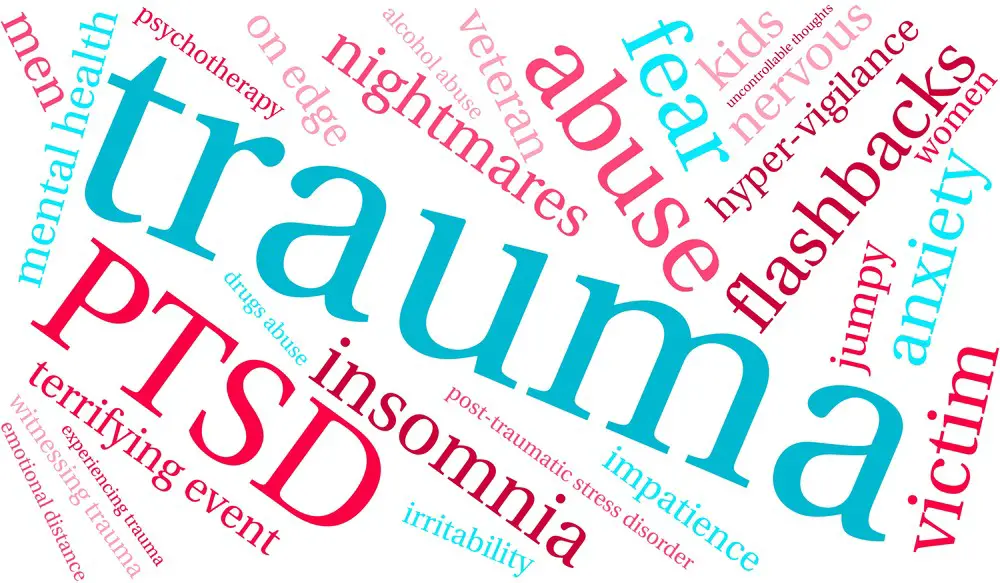
Understanding Trauma
Trauma can result from various life experiences such as accidents, combat, violence, or other events that profoundly affect your emotional well-being. It can trigger stress, anxiety, and fear that may persist long after the traumatic event has passed. Recognizing trauma signs and understanding how trauma affects your body and mind is crucial for trauma massage therapy.
Traumatic events can lead to a range of psychological and physiological responses. Post-traumatic stress disorder (PTSD) is one such response that the National Institute of Mental Health recognizes. Common PTSD symptoms include insomnia, hypervigilance, and an exaggerated startle response. Other signs of trauma can be emotional turmoil, a constant sense of danger, and difficulty maintaining emotional balance.
Your body can react to trauma through what’s known as the freeze response. This typically occurs when you feel helpless or lack control in a situation. The freeze response can have long-lasting effects, causing you to be easily triggered and to re-experience aspects of the traumatic event despite it being in the past.
When working with clients who have experienced trauma, it’s important to create a sense of safety and control. This can be achieved by providing a comforting environment, listening empathically to their stories, and adapting your massage therapy techniques to meet their needs. You must also be mindful of your client’s boundaries, physical cues, and reactions when dealing with emotional trauma. Being patient, compassionate, and respectful during your sessions is essential.
Incorporate the following strategies to help you better work with clients who have experienced trauma:
- Be attentive to their trauma signs, such as stress, anxiety, or hypervigilance
- Offer reassurance and create a trusting environment
- Allow them to dictate their comfort levels, adjusting your techniques accordingly
- Maintain a gentle, empathetic approach when listening to their stories
Key takeaway: Understanding trauma and its effects on the body and mind is essential for providing effective trauma massage therapy. By recognizing the signs of trauma, being compassionate, and creating a safe space for clients, you can help them navigate their healing journey.
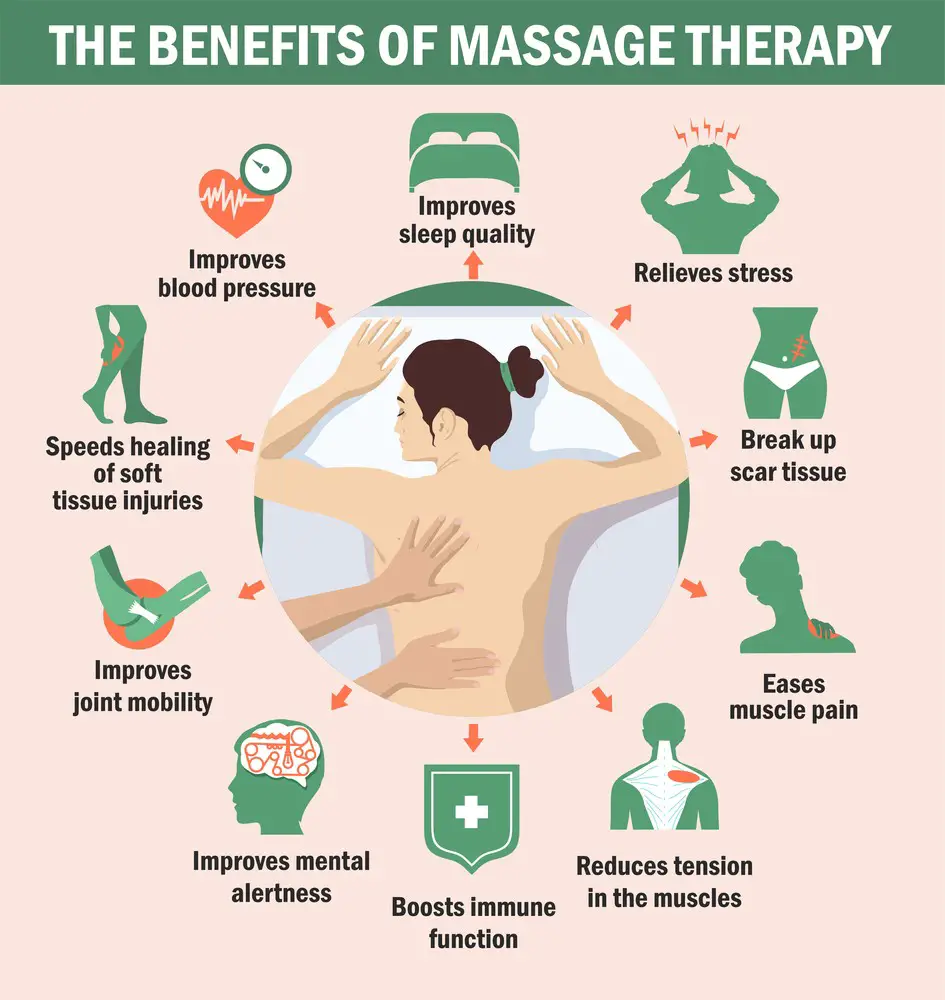
Role of Massage Therapy in Trauma Healing
Massage therapy can play a significant role in healing individuals who have experienced trauma. This gentle, hands-on approach involves the manipulation of soft tissues within the body, promoting physical and emotional well-being.
Massage and bodywork with trauma-sensitive clients allow therapists to provide a calm, safe space. Those healing from trauma often experience feelings of anxiety, depression, and irritability, which can be mitigated through massage therapy.
As a bodyworker, you help clients in several ways on their journey to recovery. Firstly, you provide a non-invasive approach to healing by practicing trauma touch therapy. This therapeutic touch helps release tension, stress, and emotional pain stored within the body.
Another significant benefit of massage therapy is its ability to foster a deep sense of relaxation. (source: Collinge, Kahn, & Soltysik, 2012) During the healing process, it’s crucial for clients to feel comfortable and at ease. Massage can lower cortisol levels, inducing calm and enabling individuals to process their trauma better.
Moreover, trauma massage can help facilitate the body’s natural ability to heal itself. Massage therapy can alleviate pain, increase mobility, and improve overall functioning by manipulating the muscles, tendons, and ligaments.
Your role as a therapist is to remain present and engaged throughout the session. Maintaining a compassionate and attentive demeanor fosters trust while demonstrating your commitment to the client’s well-being. Building this strong bond with your client will ensure a more successful session and aid in their healing journey.
Here are some key takeaways on the role of massage therapy in trauma healing:
- Massage therapy offers a gentle, non-invasive approach to healing physical and emotional pain
- Trauma touch therapy promotes relaxation, helping clients process their experiences in a calmer state
- Therapeutic touch also fosters trust and a sense of safety, which is crucial for trauma recovery
- As a therapist, your presence, compassion, and attentiveness are vital to your client’s healing journey.
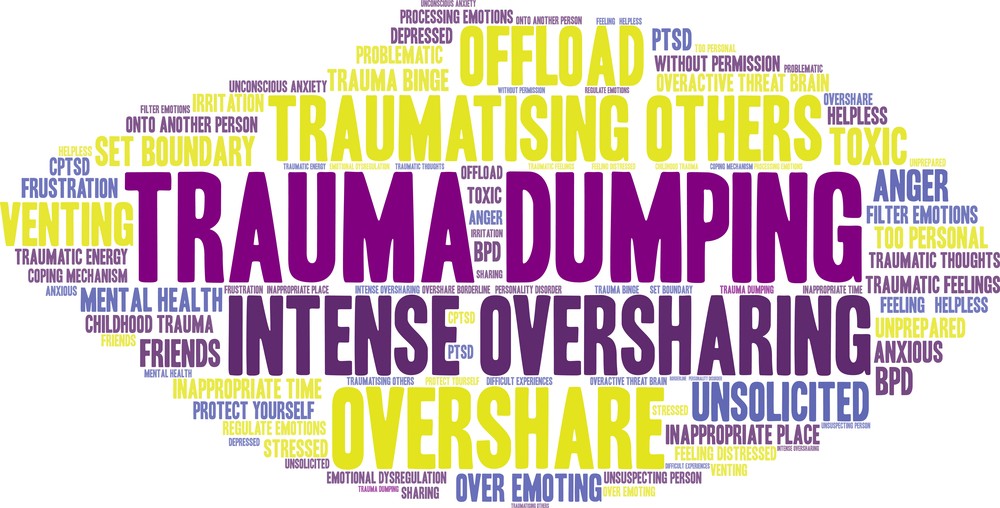
Impact of Trauma on the Physical Body
When experiencing trauma, your body goes through several changes that can have long-lasting effects. One of the main areas affected is your nervous system. The fight-or-flight response is activated, causing your heart and breathing rates to increase, your eye pupils to dilate, and digestion to shut down. During this response, tension can build up in your muscles, leading to discomfort and reduced flexibility.
Bodywork, such as massage therapy, helps address these physical effects of trauma by promoting relaxation and improving posture. By targeting specific areas, massage therapists soften tight muscles, release tension, and enhance your overall sense of well-being. Some benefits of massage therapy for trauma include:
- Reduced muscle tension: Massage helps to release tension stored in the body, allowing muscles to relax and improve flexibility.
- Improved nervous system function: By calming the nervous system, massage therapy reduces the fight-or-flight response and promotes relaxation.
- Better digestion: As your body relaxes, the digestive system can return to its regular functioning, improving overall gut health.
- Enhanced posture: Releasing tension in your muscles and connective tissues improves posture, reducing strain on joints and helps prevent chronic pain.
A key takeaway is that massage therapy can be a valuable tool in addressing the physical repercussions of trauma. By incorporating bodywork as part of a holistic treatment plan, you can help alleviate tension, improve nervous system function, and promote overall well-being.
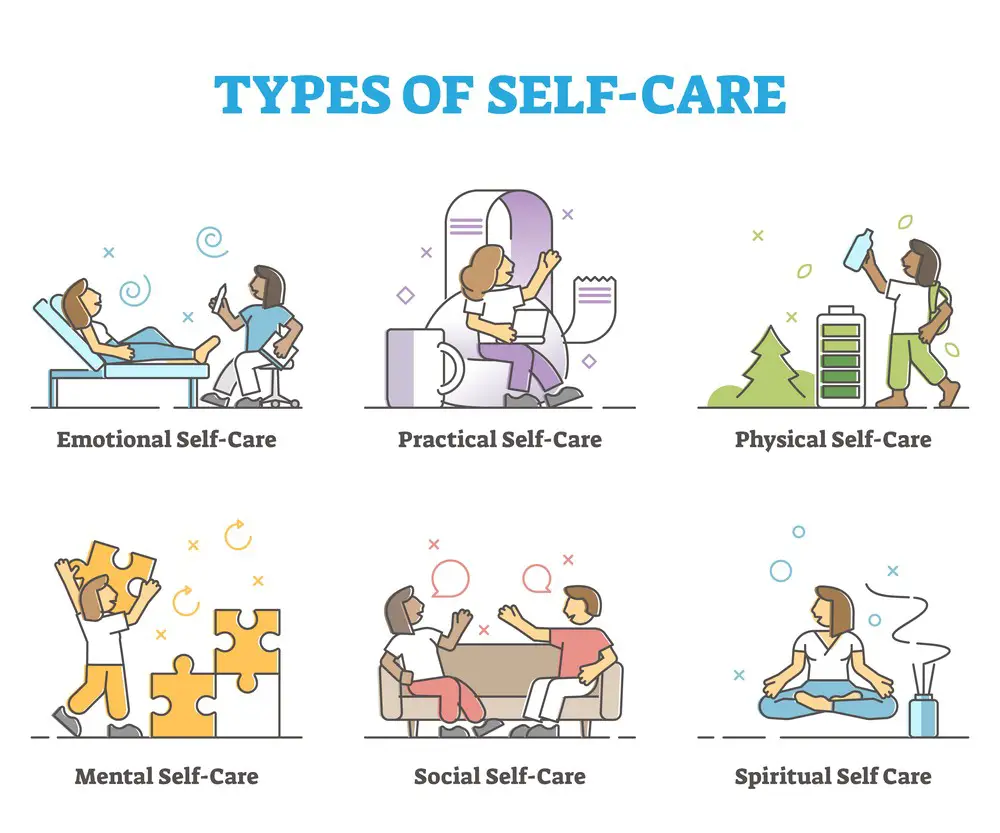
Self-Care Techniques for Trauma Survivors
When you’ve experienced trauma, prioritizing self-care is crucial to help you regain a sense of comfort, safety, and control. By incorporating self-care techniques into your routine, you can support your healing process and recovery. Here are some self-care techniques you can try to help you in your journey:
- Create a cozy environment: Surround yourself with safe and comfortable items. This can include soft blankets, soothing scents like candles or essential oils, and calming music or nature sounds.
- Practice grounding exercises: Grounding techniques help anchor you in the present moment and can help you feel more secure. Try focusing on the sensation of your feet on the floor, paying attention to your breath, or naming items you can see, hear, and touch.
- Incorporate mindfulness meditation: Mindfulness can help you develop an awareness of your thoughts and feelings without judgment. Set aside a few minutes daily to practice mindfulness meditation to support your emotional well-being.
- Engage in physical activity: Exercise can be an excellent way to reduce stress and support your mental health. Choose activities you enjoy, such as walking, swimming, or practicing yoga.
- Connect with supportive people: Reach out to friends, family, or support groups for encouragement and understanding. Sharing your experiences with others who have faced similar challenges can help you feel less alone.
- Explore healing touch through massage: Massage therapy can provide comfort, safety, and relaxation while promoting the activation of the parasympathetic nervous system, which supports rest and recovery. Ensure you talk with a professional massage therapist trained in trauma-informed care.
Remember, self-care isn’t a one-size-fits-all approach. Listen to your body and mind, and adjust your practices according to your needs. By incorporating these strategies into your routine, you’ll be on the path toward healing and recovery.

The Therapeutic Relationship
The therapeutic relationship plays a crucial role in trauma massage therapy. As a client, you seek a massage therapist who is skilled in building trust and who understands the importance of creating a safe environment for your healing journey.
When working with clients who have experienced trauma, a therapist’s empathy, understanding, and ability to listen to your needs are vital. They should prioritize creating a space where you feel comfortable and supported, allowing you to regain control over your body and emotions.
A strong therapeutic relationship is built on trust. Establishing trust between you and your massage therapist is the foundation for a successful healing experience. Here are some helpful ways to foster trust with your therapist:
- Open communication: Share your thoughts, feelings, and concerns with your massage therapist to ensure they know your boundaries and preferences.
- Listening: Therapists should listen actively to your experiences and needs, validating your feelings and experiences.
- Non-judgment: A good therapist will create a space for you without judgment, allowing you to explore your emotions freely.
In trauma massage therapy, the therapist must give you control over your treatment. This can be achieved by:
- Allowing you to choose the pressure and intensity of the massage
- Giving you the option to stop or change the treatment at any time
- Letting you determine how much clothing you want to remove
- Encouraging ongoing communication about your comfort and preferences
Another critical aspect of the therapeutic relationship is maintaining proper boundaries. Massage therapists must always uphold a professional and respectful demeanor toward clients, ensuring that interactions don’t become overly personal or intrusive.
In short, a healthy therapeutic relationship is built on trust, communication, and respect. Finding a massage therapist who can provide a strong foundation for healing will help you as you navigate your journey toward recovery from trauma.

Dealing with Specific Trauma Types
In this section, we’ll discuss how massage therapy can help people with various types of trauma. We’ll cover working with abuse survivors, helping veterans with PTSD, supporting car accident survivors, and working with survivors of violence. Please always approach each client with sensitivity and respect for their experiences and boundaries.
Working with Abuse Survivors
When working with survivors of abuse, creating a safe, trusting environment is essential. Focus on:
- Establishing trust by communicating openly and respecting their boundaries
- Allowing the client to maintain control over the session’s pace and intensity
- Encouraging emotional release through nurturing touch and attentive listening
During the massage, you may notice the client shares stories or experiences, show empathy, and allow them space to express themselves. A key takeaway when working with abuse survivors is prioritizing their sense of safety and control during the session.

Helping Veterans with PTSD
Supporting veterans with PTSD can be a rewarding experience. To enhance their healing process, consider the following tips:
- Be mindful of the startle response and avoid sudden movements
- Address the fight or flight response by using calming techniques
- Customize your approach based on the client’s unique experiences and symptoms
Empathize with the challenges veterans face and assist them in finding relaxation and peace. Remember, patience is vital in working with clients recovering from the traumas of combat.
Supporting Car Accident Survivors
Car accidents can cause both physical and emotional trauma. When working with car accident survivors, consider these strategies:
- Ease startle response by moving slowly and communicating your actions
- Address physical injuries with appropriate techniques and pressure
- Provide extra attention to the healing process and recovery
Remember that physical touch can be incredibly reassuring for clients dealing with the aftermath of a car accident. A supportive and compassionate approach goes a long way.

Working with Survivors of Violence
Survivors of violence may experience various emotions and challenges during their recovery. Here are some tips to create a supportive environment:
- Prioritize creating a sense of safety and trust
- Be conscious of maintaining the client’s control over the session
- Encourage emotional release by fostering open communication and using gentle touch
As with other trauma clients, allowing them the space to share stories and express emotions can help enhance the healing process. Be patient, understanding, and affirming in your approach to foster a supportive connection.
Educational Resources and Further Learning
If you’re interested in trauma massage therapy, various educational resources, and materials can help enhance your understanding and expertise. Here are some options for deepening your knowledge in this area:
Peter Levine’s “Waking the Tiger”: Peter Levine, a leading expert in trauma, wrote the book Waking the Tiger: Healing Trauma. This resource explores the connection between body and mind regarding trauma. It provides valuable insights and techniques that can benefit your practice.
“The Body Keeps the Score”: Another important book to read is The Body Keeps the Score by Bessel van der Kolk. It delves into the science of trauma and offers a comprehensive overview of how traumatic experiences impact the body and mind.
Colorado School of Healing Arts: This educational institution has a dedicated program that covers trauma-sensitive massage therapy techniques. Enrolling in their course could be worth expanding your skills in this niche.
Polyvagal Theory: To better understand how trauma affects the body, it’s essential to study the polyvagal theory by Dr. Stephen Porges. This theory outlines the vagus nerve’s role in emotional regulation and sheds light on the physiological aspects of trauma.
Chris Smith’s “Engaging Resilience”: This book by Chris Smith offers strategies and concepts that can help trauma massage therapists handle their clients’ emotional releases during a session.
Continuing Education: Most massage and bodywork professionals periodically take continuing education courses to stay updated on their profession. Look for institutions or organizations—like the American Massage Therapy Association (AMTA)—that provide comprehensive continuing education options on trauma massage therapy.
As you explore these resources, you’ll expand your toolkit and knowledge in trauma massage therapy. This will transform your practice and better equip you to serve clients who may be experiencing the effects of trauma. Don’t hesitate to dive into these materials and continue learning!

Biology and Psychology of Trauma
Trauma can have a profound impact on both your mind and body. When you experience a traumatic event triggers a cascade of physiological responses, including releases of stress hormones like cortisol, adrenaline, and norepinephrine. This response affects various systems in your body, such as the nervous system, the limbic system, and the fight or flight response.
Cortisol plays a vital role in your body’s response to stress. It helps regulate blood pressure, blood sugar levels, and inflammation. However, when cortisol levels remain elevated for prolonged periods, it can contribute to symptoms of PTSD and have adverse effects on your overall physical and mental health.
The nervous system plays a critical role in managing your reaction to trauma. When confronted with danger, the sympathetic nervous system activates the fight or flight response, releasing hormones to increase heart rate and prepare your body to address the threat. In contrast, the parasympathetic nervous system helps to calm your body down once the danger has passed.
PTSD and hypervigilance often go hand in hand. Hypervigilance is an increased state of alertness in which your body is constantly on guard, scanning the environment for potential threats. This constant state of arousal can be emotionally and physically exhausting, and it may contribute to the development and maintenance of PTSD.
In some cases, instead of activating the fight or flight response, your body might respond to trauma through the freeze response. This response is a defense mechanism characterized by immobility or feeling “stuck.” The freeze response may help protect you from perceived threats but can also make it difficult to process and move on from trauma.
The limbic system is a group of interconnected structures in your brain that play a key role in processing emotions, forming memories, and regulating your stress response. Trauma can significantly disrupt the normal functioning of your limbic system, making it difficult to manage your emotions and memories associated with the traumatic event.
Finally, trauma can alter your body’s balance of norepinephrine and adrenaline, resulting in a heightened state of arousal. These two hormones increase heart rate, blood pressure, and alertness during the fight or flight response. However, an imbalance of these hormones can manifest as anxiety symptoms, difficulty sleeping, and altered emotional reactions.
Understanding the complex interplay between biology and psychology in response to trauma, you can better identify how massage therapy may help alleviate symptoms and promote healing.
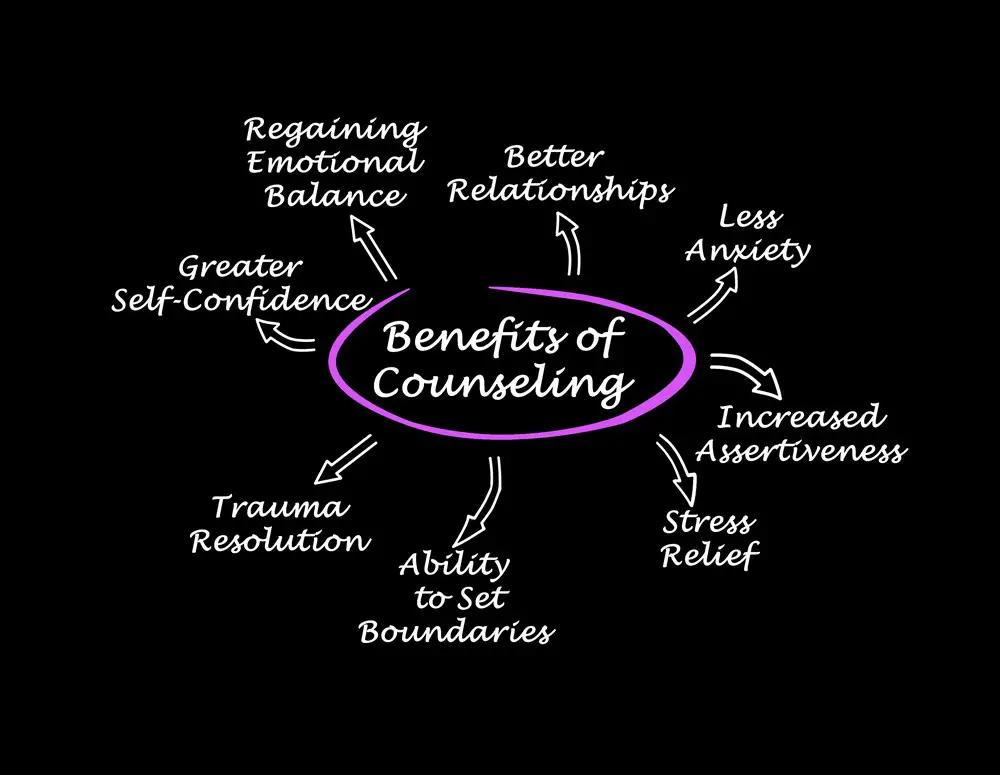
Related Therapies for Trauma Survivors
Besides trauma massage therapy, several other therapies can help survivors heal and cope with their experiences. By exploring various options, you can find the best approach for your healing journey and complement the benefits of massage therapy.
Counseling and Psychotherapy: These forms of therapy involve talking with a mental health professional to address the psychological aspects of trauma. Through building a relationship based on trust, you can develop better-coping strategies, work through your emotions, and learn to manage the impact of the traumatic event on your life.
Talk Therapy: Similar to counseling and psychotherapy, talk therapy is a more informal approach that helps trauma survivors process their experiences through conversation. Trusted friends, family members, or support groups can provide a safe space for you to share your emotions and thoughts.
Body-Oriented Therapies: Somatic therapy is a form of body-oriented therapy that focuses on connecting the mind and body to foster healing. Some examples of somatic therapies for trauma recovery include grounding, resourcing and visualization, self-regulation, and body scans. These techniques help you understand the physical effects of trauma on your body and develop a deeper awareness of your emotions.
Comfort and Trust-Building: Building a sense of comfort and trust with your chosen therapist or support network is crucial for trauma recovery. A comfortable environment and rapport with your therapist will encourage emotional release and facilitate healing.
Here are some tips to consider when seeking related therapies for trauma survivors:
- Look for therapists or support groups that have experience working with trauma survivors.
- Remember that what works for one person may not work for another, so exploring different therapy options is essential.
- Be patient with yourself as you explore different therapies. Healing from trauma is a unique process that requires time and commitment.

Whispering Shadows: Discerning the Call for Professional Help
At times, the murmurs of our mind echo through the silence, hinting at the unrest brewing within. The gentle nudges or the roaring cries of distress beckons us towards seeking professional aid. Here are a few signs that a therapist or psychiatrist might be the guiding light you seek:
- A lingering gloom or anxiety that shrouds the joy of existence.
- The shackles of past traumas hold a firm grip, hindering the freedom to live fully.
- Relationships feel like a maze of misunderstandings, yearning for a guiding hand to untangle the knots.
- Coping mechanisms turn to vices, blurring the lines between solace and self-destruction.
Crafting the Lighthouse: Setting Goals for Therapy
As you stand at the threshold of a therapeutic journey, envisioning the beacon of your desires can carve the path ahead. Setting goals is akin to igniting the lighthouse that guides you through the stormy seas.
- Reflect on what alleviation feels like, and sketch the silhouette of your serene self.
- Define what success in therapy looks like, whether it’s mending relationships, unclenching the fists of past traumas, or finding the calm amidst life’s relentless storms.
- Engage with your therapist in painting the picture of your desired horizon; let them be the co-artist in drafting the roadmap to recovery.
Blossoms in the Rubble: Recognizing Progress in Therapy
As the seeds of effort intertwine with the nurturing essence of therapy, the buds of progress tenderly push through the rubble. Recognizing these delicate blossoms is crucial in fueling the journey forward.
- Celebrate the small victories, whether it’s a newfound awareness, a moment of serene reflection, or a step towards mending a strained bond.
- Engage in reflective practices to trace the whispers of change, document your journey, and acknowledge the evolution of your thoughts and emotions.
- Share your blossoms of progress with your therapist, and let the recognition water the seeds of further growth, forging a path of hopeful blossoming amidst the wilderness of despair.
In weaving through these realms, you’re not just a passive traveler but a brave warrior, a keen observer, and a hopeful dreamer. Each step, each revelation, and each goal achieved is a golden thread in the tapestry of your healing journey.
Frequently Asked Questions

What are the benefits of trauma massage therapy?
Trauma massage therapy offers several benefits for individuals who have experienced physical, emotional, or psychological trauma. These include:
- Reduction of stress and anxiety
- Decreased muscle tension and pain
- Improved circulation and lymphatic flow
- Enhanced feelings of relaxation and well-being
- Increased body awareness and self-care
The key takeaway is that trauma massage therapy can provide relief and support for your healing journey.
How does massage therapy assist in trauma release?
Massage therapy helps release trauma by working with the body’s physical and emotional responses to stress. It can:
- Address the “fight or flight” response by calming the nervous system
- Release muscle tension and stored emotions
- Encourage deep breathing, which can help process emotions
- Promote a sense of safety and trust through touch
- Facilitate a connection between the physical body and emotional experiences
Remember, bodywork provides a safe space for you to begin releasing trapped trauma.
What types of massage techniques are used for trauma relief?
Various massage techniques can be used to help relieve trauma, such as:
- Myofascial release: targets connective tissue to release tension and increase range of motion
- Deep tissue massage: focuses on the deeper layers of muscle and fascia to relieve pain
- Craniosacral therapy: works with the subtle movements of the cranial bones and sacrum to balance the nervous system
- Cupping therapy: utilizes suction cups to lift and separate muscle and fascia, promoting circulation
The most appropriate technique depends on your needs and preferences.
Where can I find a PTSD massage therapist?
To find a PTSD massage therapist, you can:
- Ask for recommendations from healthcare providers or mental health professionals
- Search online directories such as the Trauma Treatment Center or Intent Health Clinic
- Inquire at local wellness centers or support groups
Make sure to verify the therapist’s qualifications and experience in treating trauma.
How can I become a certified trauma touch therapist?
To become a certified trauma touch therapist, you’ll need to:
- Complete a massage therapy program accredited by a recognized institution
- Obtain a massage therapy license in your state or country
- Participate in specialized training on trauma treatment, such as Trauma-Informed Massage Therapy or classes on working with PTSD
- Gain hands-on experience working with trauma survivors
- Pursue continuing education to stay updated on trauma treatment methods and research
Remember that learning and practice are essential for developing skills in trauma touch therapy.
How does trauma-informed massage therapy differ from regular massage therapy?
Trauma-informed massage therapy focuses on four key principles:
- Trauma awareness: understanding the impact that trauma can have on the mind and body
- Safety and trust: creating a safe, secure environment to facilitate healing
- Collaborative choice: offering options and allowing the client to choose what feels comfortable and beneficial
- Strength-based skill-building: empowering clients to take charge of their healing process
In contrast, regular massage therapy may not consider these factors, making it less suitable for those with trauma.
About Jacob Maslow
After surviving the traumatizing events of 9/11, I took it upon myself to heal through helping others. I’m the primary caregiver of my children and understand from first-hand experience the lonely paths you have to walk as a partner and parent when leaving an unhealthy relationship.
We’re all echoing in a dark space that doesn’t have to be this empty, and that’s been my mission since finding solace and recovery in therapy: To help comfort others who are still in shock and at the prime of their struggle.
I came across BetterHelp after searching for this type of community. I wanted to belong to a body of proactive therapists and supportive therapy veterans that allowed me to see other sides of the story.
It was unconventional, and that’s what attracted me most. During my most challenging times, when my ex-wife completely cut me off from my children, I found comfort and clarity through BetterHelp.
Instead of being chained to a strict therapist recommendation, I was in charge of who I felt understood my struggle most. That allowed me to find my true peace, as I was reunited with those who read behind my words and had first-hand experience with my trauma.
Recovery is a choice; with BetterHelp, that choice will be a few clicks away. You can join their couples-oriented platform, Regain.us, for those stuck with family estrangement and toxic relationship patterns.

- 5 Helpful Ideas for Managing Stress During a Plumbing Emergency - April 24, 2025
- Buying a Franchise Without Losing Your Mind - April 24, 2025
- 3 Ways Wearing a Hat Can Help Lower Your Stress Levels - April 19, 2025
This site contains affiliate links to products. We will receive a commission for purchases made through these links.



